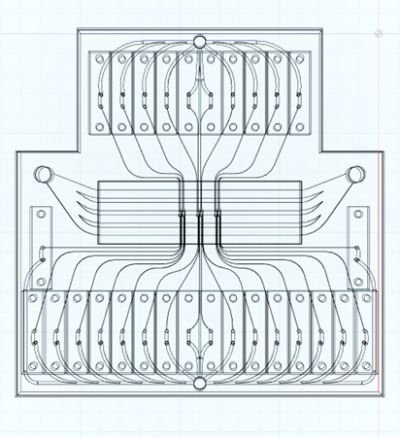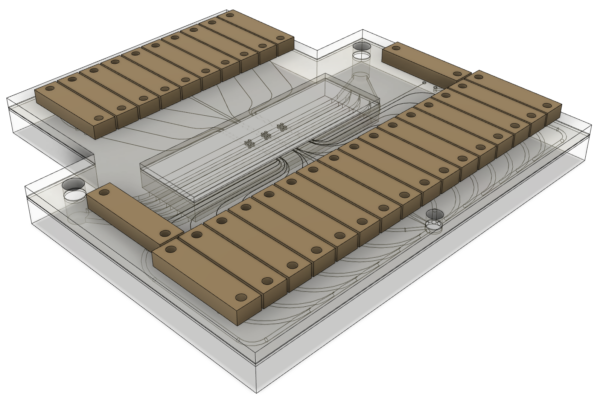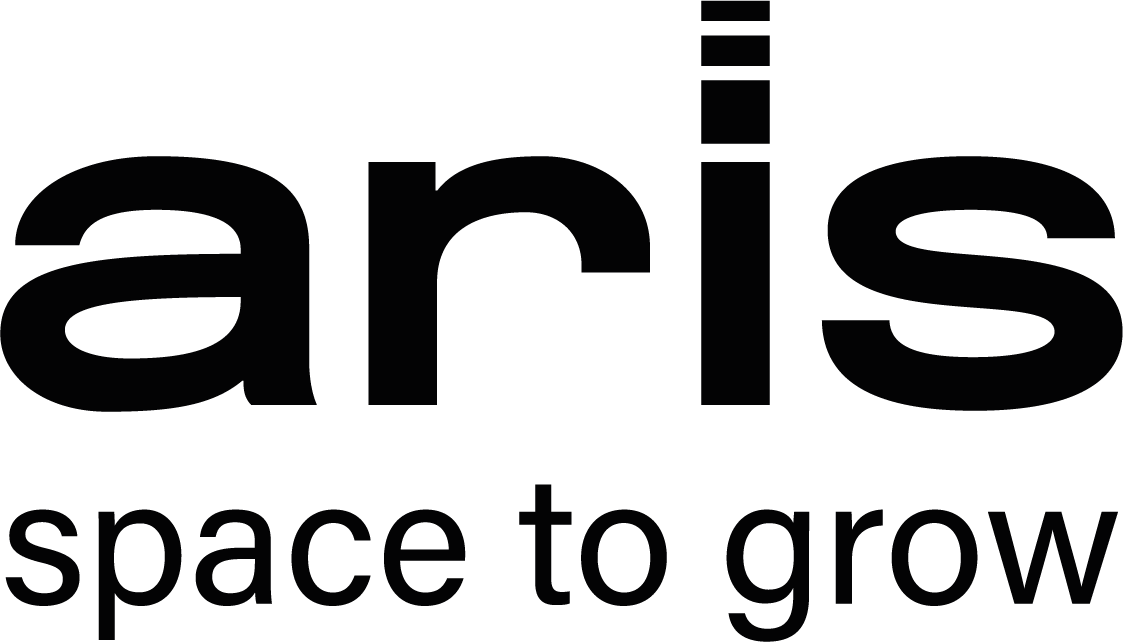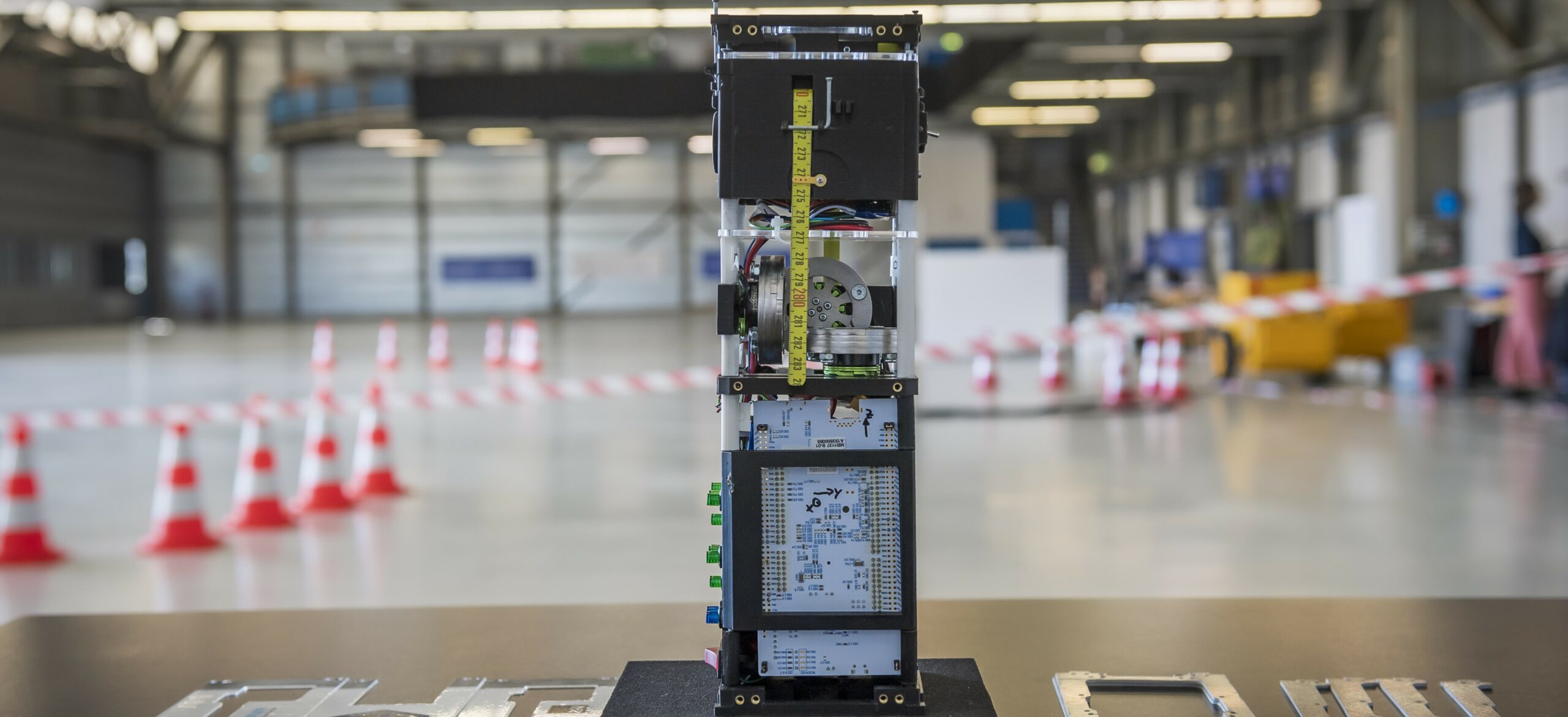The Goal
Project SAGE is developing a first of its kind 3U CubeSat. The goal is not only to build a system that is capable to create and sustain artificial milligravity, creating conditions found on small asteroids and moons, but also to create a first-of-its kind cell-culture and imaging device capable to conduct medical research on human cell lines in space, allowing us to investigate the effect of long-term space travel on astronauts.
In addition to scientific research, SAGE aims to promote education. The CubeSat will include an amateur radio transponder and two ETH-developed GNSS modules as additional on-board experiments. The amateur radio transponder will act as a secondary payload after the main payload ends its scientific output. It will enable the amateur radio community to use our CubeSat to make connections around the world. Another goal of the amateur radio payload is to offer workshops for students to provide an accessible and interesting first step into the radio amateur community and to promote STEM as an academic field.
The Biological Payload:
The payload aims to build a platform to enable human cell culture experiments in space using fluorescence microscopy. To demonstrate our system, the payload will investigate the effect of space on cellular aging, a process called senescence. For this the payload builds a custom designed microfluidics system, as well as a miniaturized fluorescence microscope.
The centrepiece of the microfluidic system is a microfluidic chip allowing precise spatial and temporal control of the fluid and gas flow inside the chip. This microfluidic chip will be able to culture cells inside using two modes of action enabling on one hand the feeding of cells and on the other hand the maintenance of the population number inside the culture. A build in gas-system as well as the different material composition inside the microfluidic chip allows the supply of gasses necessary for life as well as for pH-control inside the chip.


The fluorescence microscope is a custom-made piece able to perform imaging at sub-cellular resolution. It corresponds to a miniaturized version of a fluorescence microscope used in normal laboratory conditions and is able to be actuated over the different wells on the microfluidic chip, thus allowing the imaging of all wells. A special focusing module is able to automatically adjust the focus of the microscope to certain cell layers inside the wells on the microfluidic chip, thus creating a focussed image of the cells. This possibility of refocusing also allows the negation of possible changes due to vibration or shock on the focus of the microscope.

The Payload and 0g
To verify our scientific aim, the payload team has conducted a molecular biology experiment using a parabolic flight. For this, the cell line that will be flown in the satellite was put into a portable incubator from our sponsor Cellbox, and flown for 15 parabolas, exposing these cells to microgravity. Afterwards the cells where fixed and an RT-qPCR was performed, looking at the expression of markers for senescence, cellular proliferation, as well as oncogenes. The data showed a significant increase in senescence, indicating that due to these short periods of microgravity the cells seem to age faster. This preliminary data validated our experimental setup and scientific question and showed the importance of investigating cellular aging when it comes to space travel. These results shall be validated in a second upcoming parabolic flight, and the effects of the long-term exposure to space will then be the aim of the payload experiment inside the satellite.
What’s next?
As SAGE continues to work towards their goal of launching in 2024, the team is entering an exciting phase of development. After 1.5 years of hard work, we are moving onto the testing phase of the system while continuing to refine the design. This Semester a FlatSat (Flat Satellite) is being developed to test the electronics components, their interconnectivity and compatibility in a simulated environment. To ensure that SAGE meets all the necessary specifications, standards, and performance criteria before its final launch, the team will be developing an Engineering and Qualification Model (EQM) in Fall 2023. This model will undergo rigorous testing to ensure that it meets all the requirements for a successful launch into space.
Team SAGE is proud of the progress made and the opportunities it provides for scientific research and education. We look forward to sharing more updates with you as the project continues to develop towards the final design.



Social Contact